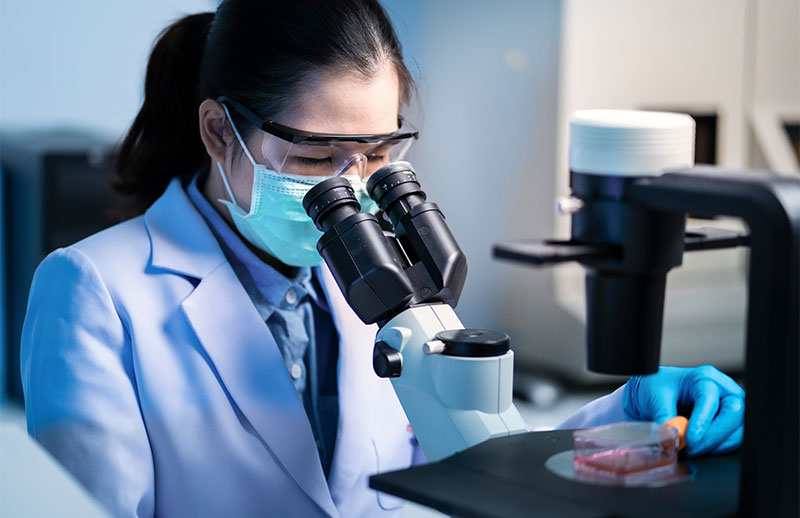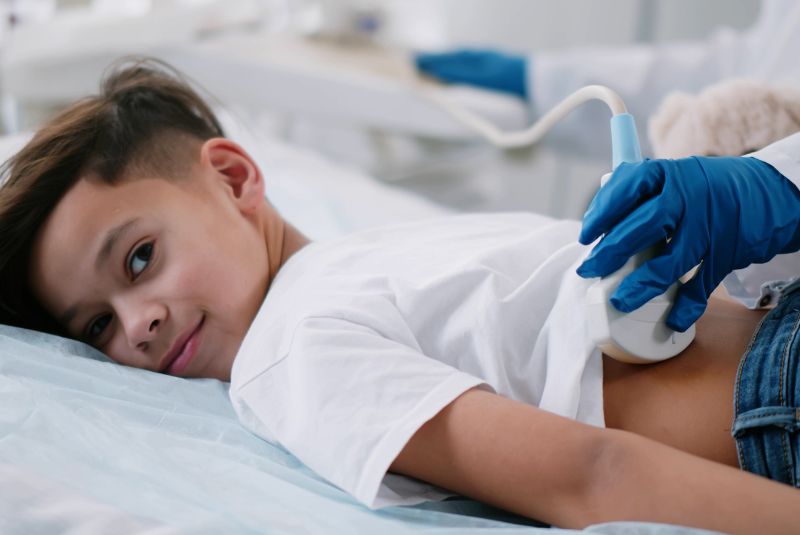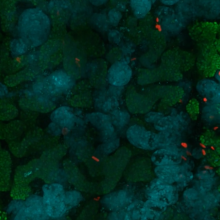
Kidneys pave the way to better treatments
What's the child health challenge?
Approximately 1.7 million Australians have kidney disease. The potential toxicity of new drugs is a major problem in the search for better treatments.
We need a safer way to test new therapies, especially in children, to avoid additional risk or harm.
What's the child health challenge?
Approximately 1.7 million Australians have kidney disease. The potential toxicity of new drugs is a major problem in the search for better treatments.
We need a safer way to test new therapies, especially in...
What's the child health challenge?
Approximately 1.7 million Australians have kidney disease. The potential toxicity of new drugs is a major problem in the search for better treatments.
We need a safer way to test new therapies, especially in children, to avoid additional risk or harm.
What's the discovery or innovation?
We created models of human kidneys, paving the way for new treatments for kidney failure and possibly laboratory-grown transplants.
In the world first, our researchers used stem cells – the body’s master cells – from a patient’s blood to produce a personalised copy of the damaged part of her kidney’s filtration system.
The 3D bio-printing now allows us to make 200 models of kidney tissue in ten minutes using cells and other materials as “ink” to print living structures resembling regular kidneys.
How is it changing children’s lives?
This ground-breaking innovation aims to help future patients receive safe, customised treatments more quickly.
The personalised models are a better and cheaper way to test drug safety and effectiveness in individual patients by showing if a drug is toxic to the kidney model grown in a dish before it goes near a human.
We hope these models of kidneys help us better understand disease and find treatments and cures for life-threatening and untreatable genetic kidney disease that affects children and adults.










